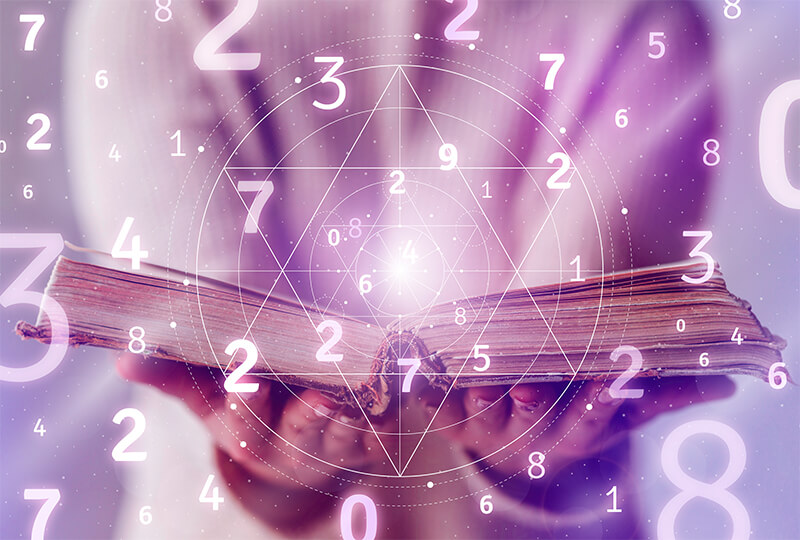About the Enigma Machine

1. History of the Enigma Machine
The Enigma machine was an encryption device used by Nazi Germany during World War II, and its decryption had a significant impact on the course of the war. This device was an electro-mechanical rotor cipher machine that enabled highly advanced encryption. The Enigma machine was invented in the 1920s by German engineer Arthur Scherbius. Initially developed for commercial purposes to protect corporate communications, it was later adopted and modified for military use by the German military.
In the 1930s, Polish mathematicians Marian Rejewski, Henryk Zygalski, and Jerzy Różycki succeeded in breaking early versions of the Enigma, but subsequent upgrades made decryption more challenging. During World War II, codebreakers gathered at Bletchley Park in the United Kingdom worked on deciphering Enigma codes.
2. Mechanism of the Enigma Machine
The Enigma machine had the following structure to achieve complex encryption:
- Keyboard: The keypad used by the operator to input messages.
- Rotors: Cylindrical components that performed letter substitution. Multiple rotors were used in combination, each containing internal wiring to convert letters into different ones.
- Reflector: A component that reversed the current and sent it back through the rotors, making encryption and decryption symmetrical.
- Plugboard: A wiring board that added further complexity to the keyboard input, allowing specific letters to be swapped.
- Lampboard: A panel where the encrypted letters were displayed by illuminating lamps.
The encryption process of the Enigma machine proceeded as follows:
- The operator inputs a letter on the keyboard.
- The input letter passes through the plugboard, where initial substitution occurs.
- The letter then passes through a series of rotors, each performing different substitutions.
- Upon reaching the reflector, the current is reversed and passes back through the rotors in the opposite direction.
- Finally, the encrypted letter is displayed on the lampboard.
3. Decryption of the Enigma Machine
Decryption of the Enigma machine was a critical task for the Allies. Polish cryptographers first succeeded, but as the war progressed, Germany improved the Enigma, making decryption increasingly difficult.
The key figures in decrypting Enigma at Bletchley Park included mathematicians, cryptologists, and linguists, notably Alan Turing. They developed a machine called the Bombe, which automated the decryption of Enigma codes. This machine rapidly tested Enigma settings to find the correct configuration.
Additionally, the Allies conducted intelligence operations to obtain Enigma machines and setting information from the German military. These efforts culminated in the successful decryption of Enigma codes, significantly contributing to the Allied victory in the war.
4. Legacy of the Enigma Machine
The decryption of the Enigma machine had a profound impact on modern cryptography and computer science. The work on deciphering Enigma laid the foundations for computing, and Alan Turing's contributions greatly advanced computer science.
Today, Enigma machines are preserved as historical artifacts in many museums, with their importance and impact remembered by future generations. The story of Enigma remains one of the most intriguing chapters in the history of cryptography.